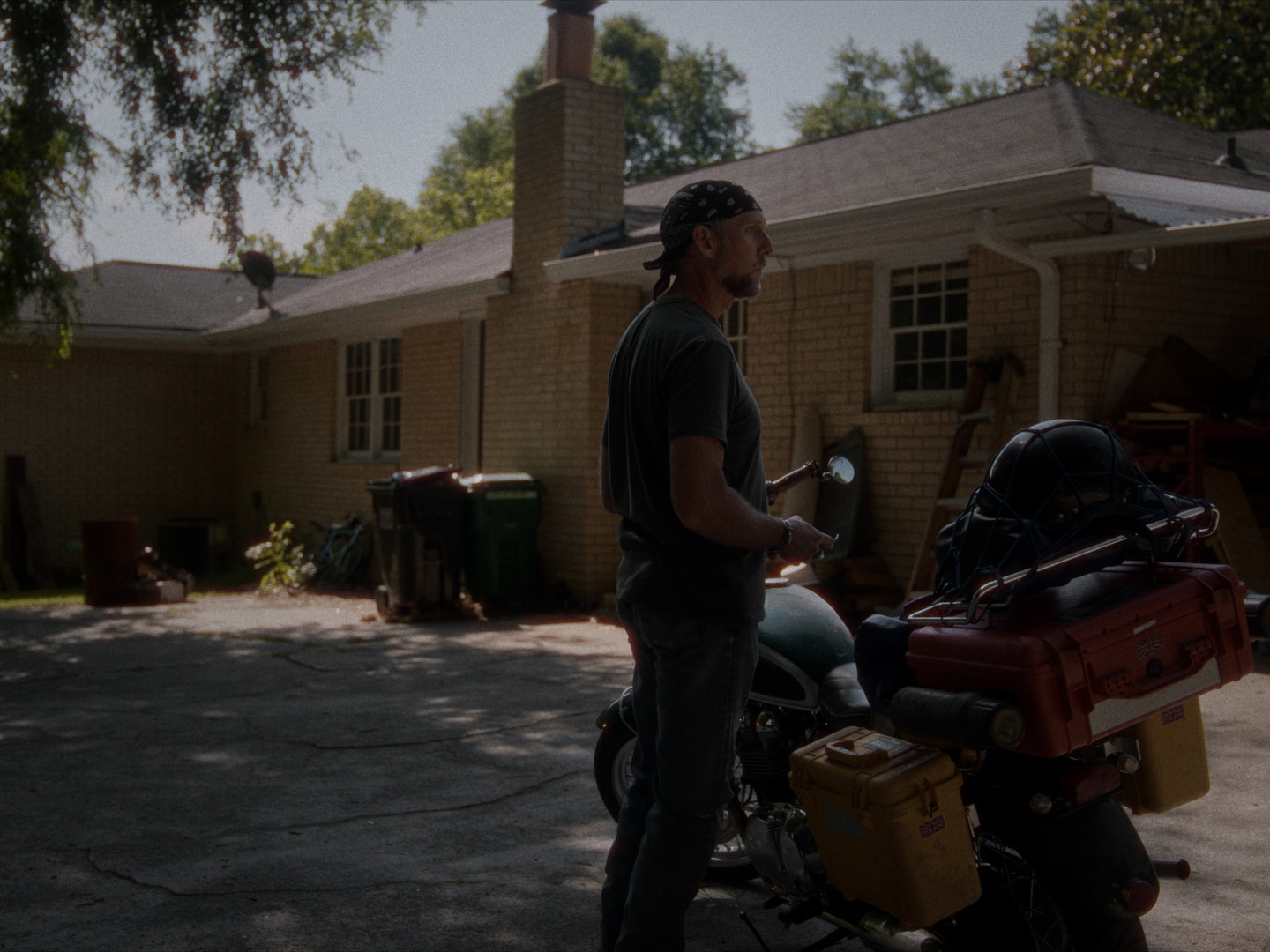Jayson, working as executive producer as well as an actor, you had to put a lot of work in the film. The decision to prioritize the actors' performances and shoot in a 4:3 aspect ratio to reflect the protagonist's confined reality is quite unique. Can you elaborate on the creative choices made during production and how they contributed to the overall atmosphere and storytelling?
What insights or lessons did you gain from your experience working on "Chipper," and how has it influenced your approach to future acting or production roles?
I believe this answers both questions:
When I first began this production, my priorities were performance and story. I emphasized to my cinematographer (Jesse Scimeca) and director (Shaun MacLean) that I wasn't interested in a showcase of clever cinematography. I wanted the camera to take a back seat to the story. They understood this and I believe we succeeded. The decision on the 4:3 ratio came from them. We shot so we had the option of 1.78:1 or 4:3 so that we could make the final decision in post. I also wanted the film to have a more film-like quality. This was achieved practically on set with atmosphere, lighting, camera, exposure, and lens choices (Alexa Mini LF Camera with Angenieux EZ zoom lenses) and in post with color and grain. Once we were in post, the 4:3 ratio felt best. The claustrophobia of Reese's predicament came through in that ratio. Chipper is a character-driven story. The characters and their story were what the audience needed to be directed toward. "Look at this."
At one point, I wanted to shoot the entire film in about four "one-ers" with a steadicam. This was shot down pretty quickly as it would've been extremely technically difficult as well as much more expensive for all the rehearsals necessary for such a feat. Someday. I am a huge fan of Robert Machoian's and Clayne Crawford's film
The Killing of Two Lovers. It's all masters. I pushed hard for this but again, our location, budget, and technical limitations prevented this and I settled for a more "coverage" centric film.
Allowing my crew to handle all of this and trusting their judgment has made all of the difference. This allowed all of our cast to merely do what we do as actors without having any thoughts about the aspects of what was being done technically on the day. These factors I am certain are what gave us a film that many can't believe is 20:47 in length. It just doesn't feel that long. We had a 25-minute version that I liked better, however; the decision was made to edit it down to gain entry to more festivals. Having spent the past year on the festival circuit, I now see that this was a mistake. In my opinion, once a short surpasses about 15 minutes, it doesn't matter. Chipper has a few holes in it due to the tight edit that could've been remedied with a longer cut. The film works as-is but, I feel it would've been better with the longer cut that gave more insight into the relationships of the siblings and their father along with a little more levity in such a heavy piece.
Once we were in post, I began to lose control of the film and was at a crossroads: Collaborate with my director and editor or fire them and start over. I chose the former and do not regret this decision. When I do this again, I will have a better understanding with my team as to my final vision of the project and how each part of the process will be handled before green-lighting the project. This has been a great learning experience for me.
As for the final look of the film, I am a fan of how films looked in the 1970's—that non-technicolor grainy film appearance. I am not enough of a film expert to tell you what that is exactly, I know what it looks like when I see it. I see a lot of new digitally shot films these days that are too perfect looking. Too clean - more real than reality. I don't care for that. We got as close as we could to what I wanted. I am satisfied.
